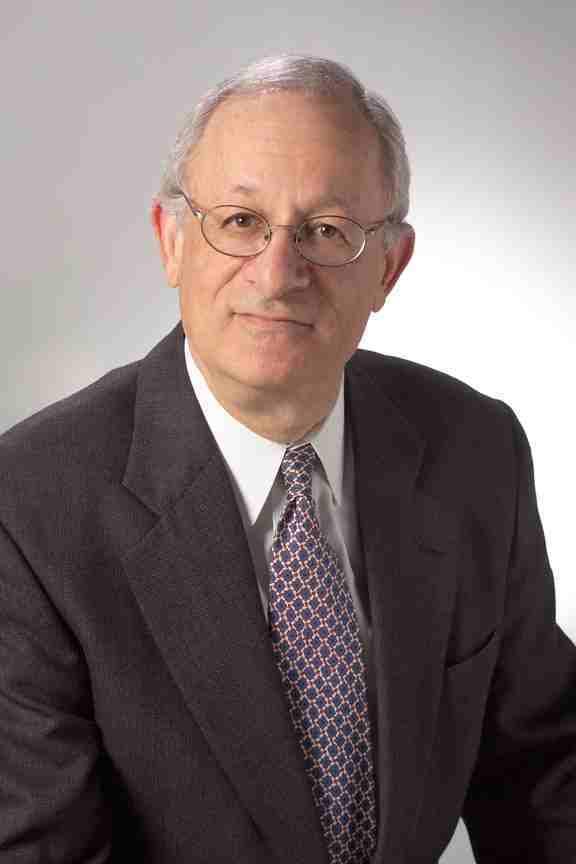Charity Fraud Met with a Yawn


By Gary Snyder, Nonprofit Author and Speaker
For more than a decade, I have had an ongoing concern about the charitable sector—its direction and future. Two simultaneous things are happening—an explosion in malfeasance coupled with a decrease in trust[1]. This is an elixir for alarm.
Despite empirical evidence that fraud is omnipresent within the nonprofit world, the term “fraud” is unmentionable in the same sentence as charity or nonprofit even though nonprofits had the second highest percentage of cases behind financial services[2]. The seldom-used word ‘fraud’ at nonprofit sector conferences is disquieting. Just the acknowledgment of colossal fraud would be a significant improvement in the honesty of the nonprofit world.
Nonprofits represent 5.4% of GNP, but over 11% of all occupational fraud. Fraud is on the rise—with increasing frequency and cost.[3] The raiding of the charitable coffers is at a rate approaching twice that of the for-profit sector.
The story of malfeasance has been central to recent American charity history. With no well-defined owners or overseers, there has been no interest in developing counter measures to abuse. Because of so few outside constraints, charities tend to believe that they are only accountable to themselves. This has proven to be a recipe for disaster.
Charity should not be about risk. However, it is all-too-often becoming the transference of a communal good into a risky venture. The loss to the sector is big money—upwards of $51 billion annually to fraud[4]—it is growing. There is a misalignment of those in positions of trust and those that play on that trust to take advantage of those in need. These people are using the mission of the agency, and its resources, as a tool of self-interest.
The charitable sector has lost its soul. Its leaders and boards are apathetic and its managers seriously compromised. With nonprofit leadership maintaining the appearance that all is okay, there is no impetus for change. But now it is increasingly hard to put a good face on a troubled nonprofit sector. Not until she left Independent Sector last fall (after decades of silence) did its head, Diana Aviv, speak about the wrongdoing in the nonprofit world.
In the absence of any progress in stopping this nonprofit contagion, a culture of malfeasance acceptance will be created.
My recent book Silence: The Impending Threat To The Charitable Sector notes that there has been every attempt to make sure that the problem ends up in a black hole. This is often dismissed as a “few rotten apples.” It focuses on incompetent boards, but also speaks to the denial of charity leadership, disengagement of board members, disinterest by law enforcement, and indifference from government officials who pay little attention to what is arguably the one issue that may end the ethic-challenged charitable sector, as we know it.
Americans donate over $374 billion per year to charities. But when we give, we rely upon the organization to which we donate our hard-earned funds to match our good intentions. The reality is that abuse and outright thievery have become so widespread and overt that some believe that it is merely a way of doing business.
Many have failed our trust. As you read this article, a significant nonprofit fraud is under way. For years now, the evidence suggests that fraud, abuse, mismanagement and malfeasance have been widespread, even ubiquitous, among charitable organizations and institutions of all types---both large and prestigious as well as smaller and less prominent groups.
Exposure of some of these scandals has forced prominent institutions--- Smithsonian Institution, American Red Cross, several universities, United Way affiliates, Parent Teachers organizations, veterans organizations, cancer charities (breast cancer, in particular), and hundreds more--- to undergo changes in operations and leadership and engage in years’ long campaigns to renew public confidence. Even the most prominent rebuilding campaigns have achieved at best cosmetic changes. The fundamental rot continues.
As one of the biggest self-inflicted calamities of our time is occurring, the charitable sector feigns innocence. Those that could institute change are being spectators sitting on the sidelines. Their response to charity malfeasance has been hopelessly inadequate. That lack of interest in fundamental change in the way charitable institutions operate has led to a climate where accountability and responsibility are forgotten values.
The reluctant can do something by prodding leaders in government and within the nonprofit sector to wake up to the massive scale of nonprofit abuse and malfeasance; and, at long last, to undertake the genuine and systemic reforms that are needed to restore and justify America’s confidence; and make certain their generosity is truly going to a legitimate cause, not simply lining someone else’s pockets.
[1]15% of those surveyed say they have confidence in charities Chronicle of Philanthropy, October, 2015
[2] Hiscox-Embezzlement Study, 2016
[3] Association of Certified Fraud Examiners study, 2016
[4] Inspector General of Texas, 2014
Gary R. Snyder focuses on all aspects of the nonprofit organization. An accomplished board member, speaker, and gifted consultant he brings in-depth experiences to bear on a wide variety of charity-related issues. With his thorough knowledge of the nonprofit sector, he has shared his wealth of experience in his latest publications: Silence: The Impending Threat to the Charitable Sector Nonprofits: On the Brink. In both books he brings his unique perspective in a systematic approach in meeting the challenges of today’s nonprofit climate. He also publishes a bi-weekly newsletter: Nonprofit Imperative (which is a complementary subscription). He has published hundreds of articles and is a frequent consultant to investigative reporters at virtually all publications.
Opinions expressed in the blog are those of the author(s) and not necessarily of the MPA Program, Political Science Department, or Eastern Michigan University.

